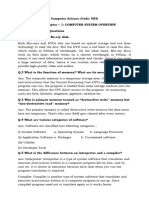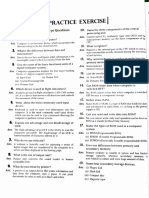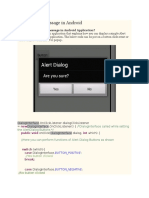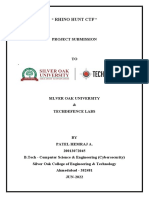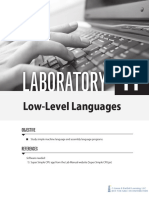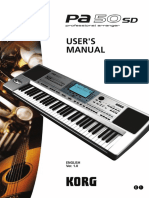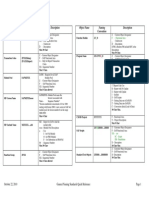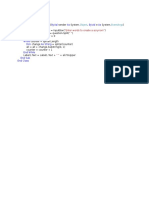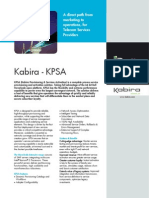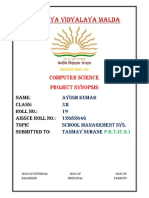0% found this document useful (0 votes)
326 views9 pagesClass 9 ICT-notes
The document covers various aspects of Information and Communication Technology (ICT), including its definition, goals, advantages, and disadvantages. It also discusses mobile devices, computer components, and functionalities such as the CPU, motherboard, and data measurement. Additionally, it explains email communication, including providers, folder types, and the differences between CC and BCC.
Uploaded by
ishaangupta5423Copyright
© © All Rights Reserved
We take content rights seriously. If you suspect this is your content, claim it here.
Available Formats
Download as PDF, TXT or read online on Scribd
0% found this document useful (0 votes)
326 views9 pagesClass 9 ICT-notes
The document covers various aspects of Information and Communication Technology (ICT), including its definition, goals, advantages, and disadvantages. It also discusses mobile devices, computer components, and functionalities such as the CPU, motherboard, and data measurement. Additionally, it explains email communication, including providers, folder types, and the differences between CC and BCC.
Uploaded by
ishaangupta5423Copyright
© © All Rights Reserved
We take content rights seriously. If you suspect this is your content, claim it here.
Available Formats
Download as PDF, TXT or read online on Scribd
/ 9

































